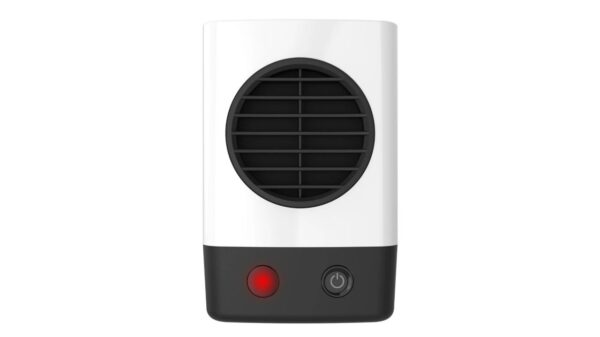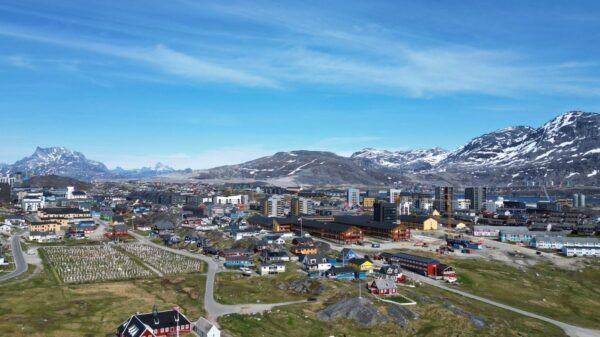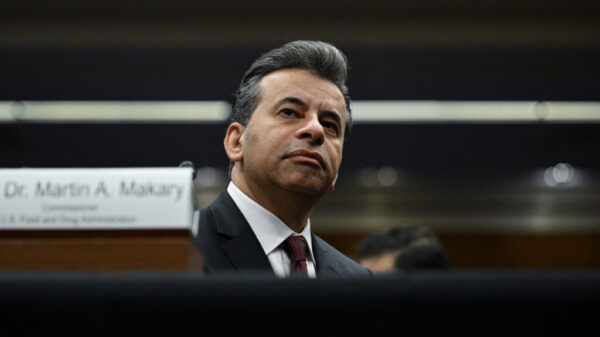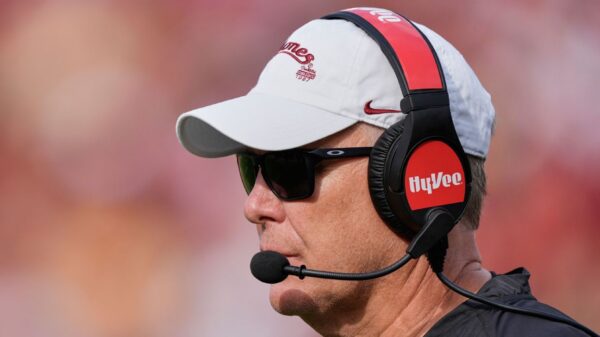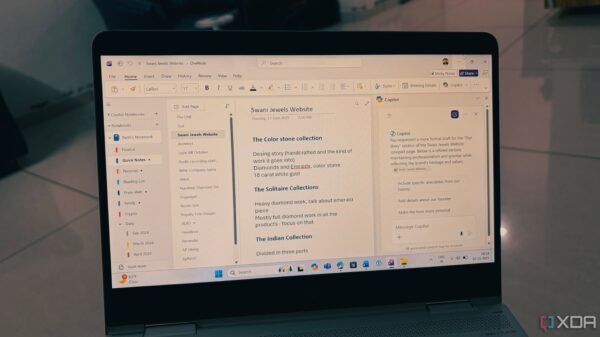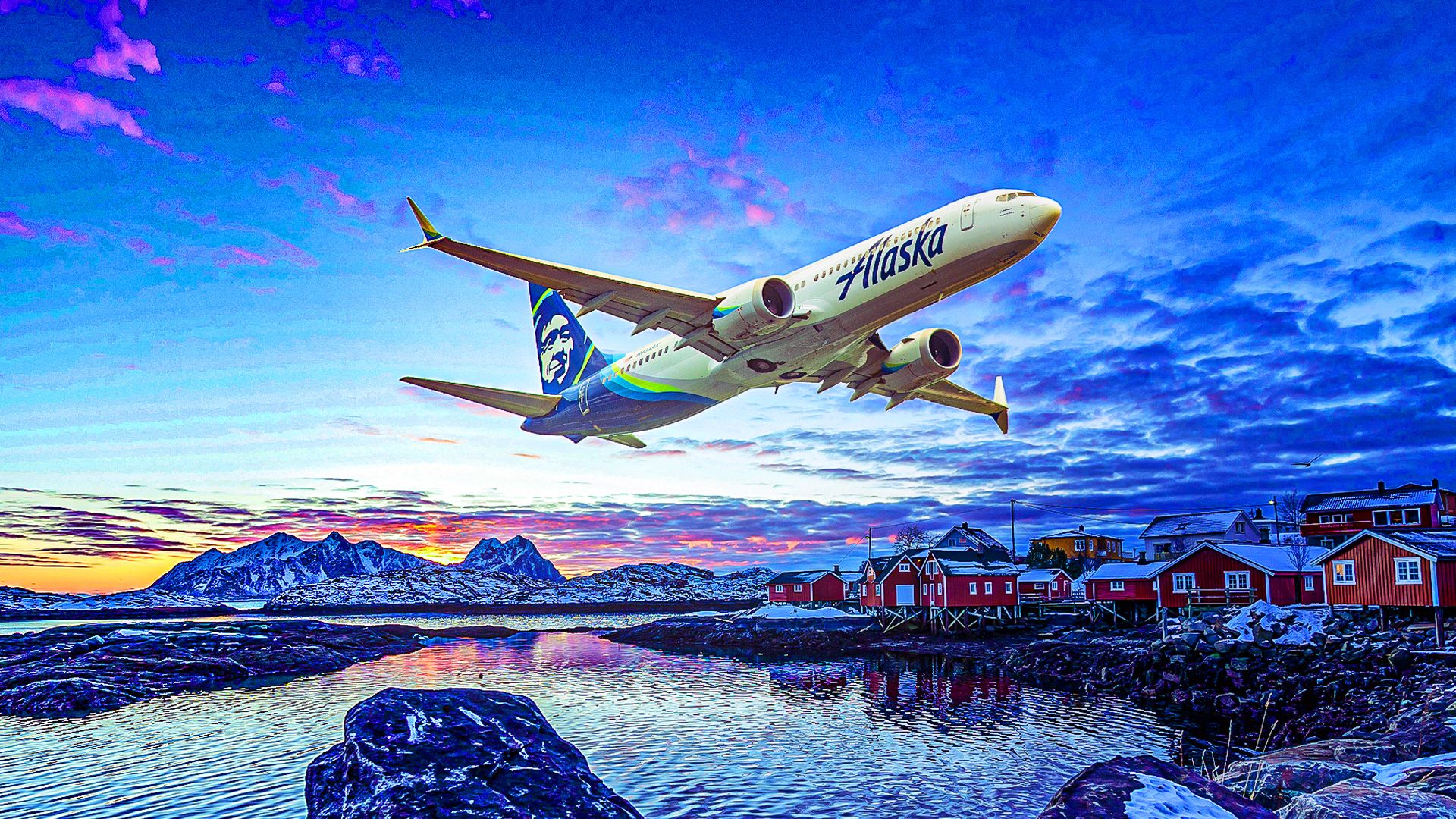Alaska Airlines recently celebrated a significant milestone with the integration of Hawaiian Airlines, having received a Single Operating Certificate from the Federal Aviation Administration (FAA). This achievement comes on the heels of challenges, including a third information technology outage this year, which has incurred substantial costs for the airline. As of March 2025, Alaska Airlines continues to evolve its fleet, primarily focusing on the Boeing 737 family for mainline operations while relying on regional partners for feeder services.
Current Fleet Overview
According to fleet data from ch-aviation, Alaska Airlines currently operates a total of 244 mainline aircraft. Among these, 90 are from the Boeing 737 MAX family, including 10 of the popular MAX 8 variant. The average age of these twinjet narrowbodies is just 0.9 years, with an additional 10 units on order to expand the mainline fleet further. The seating configuration varies, offering either 12 first class and 147 economy seats or 16 first class and 145 in economy.
The airline’s fleet also includes 80 Boeing 737 MAX 9s, which have an average age of 3.1 years and feature a layout of 16 first class and 162 economy seats. Alaska Airlines has ambitious plans, with 63 737 MAX 10s already on order. CEO Ben Minicucci expressed pride in the airline’s financial stability, stating, “We’re proud of the strong financial foundation that uniquely positions Alaska Airlines to make this commitment to our future, and of the fantastic partnership we share with our hometown aircraft manufacturer at Boeing.”
Older Generations and Regional Operations
While the Boeing 737 MAX series takes center stage, the previous-generation 737NG family still plays a crucial role in Alaska Airlines’ operations. The carrier operates 11 737-700 aircraft, which have an average age of 25.6 years and accommodate 124 passengers across two classes. Additionally, Alaska Airlines has three cargo-carrying 737-700 (BDSF) jets.
The fleet also includes 59 passenger-configured 737-800 models, which average 17.6 years old. Depending on configuration, these aircraft can have between 12 to 16 first class seats and 145 to 150 in economy. The largest variant in the 737NG series is the 737-900ER, of which Alaska Airlines operates 79 units with an average age of 9.8 years, maintaining the same two-class, 174-seat layout as the 737 MAX 9s.
The Alaska Air Group also operates Horizon Air, its regional subsidiary based in Seattle. Horizon Air exclusively utilizes Embraer E175 regional jets for feeder services supporting Alaska Airlines. Currently, Horizon Air operates 47 E175 aircraft, with an average age of 5.5 years and orders for an additional three units. The Embraer E175s feature a configuration of 12 first class and 64 economy seats, aligning with the scope clause governing US regional aviation.
These regional jets maintain a capacity of 76 passengers, with first class seats arranged in a 2-1 configuration, offering a pitch of 37.8 inches. Economy seats vary, with 12 providing extra legroom and a standard pitch of 30.3 inches for the remaining seats.
In summary, Alaska Airlines is navigating a blend of operational milestones and challenges while continuing to expand and modernize its fleet. The strategic focus on the Boeing 737 family and the ongoing relationship with regional partners positions the airline for future growth despite recent setbacks.






